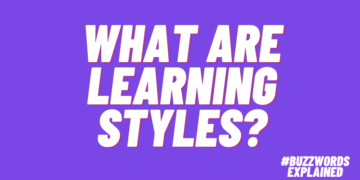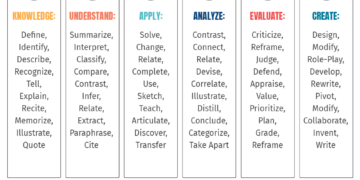@TeacherToolkit
Ross Morrison McGill founded @TeacherToolkit in 2007, and today, he is one of the ‘most followed educators’on social media in the world. In 2015, he was nominated as one of the ‘500 Most Influential People in Britain’ by The Sunday Times as a result of…
Read more about @TeacherToolkit
What happens when student numbers fall but spending continues to rise?
Scotland is spending more per student than ever, but performance, staffing targets and student needs are painting a more complicated picture.
Ten years ago, I was having second day interviews for a deputy head teacher role in Scottish schools. The GTCS registration process was laborious, and the move didn’t happen.
I still wonder how many teachers Scotland is turning away …
More money, fewer students?
Scotland’s school spending is rising, but student numbers are falling, and inclusion needs are rising. In a landscape of fiscal strain and missed teacher recruitment targets, this IFS analysis invites schools and colleges to ask: Is maintaining small class sizes always the smartest use of money?
Scotland spends around £10,100 per student—20% more than England—with an average student–teacher ratio of 13:1.
Teacher numbers were meant to rise by 3,500, but are currently 3,700 short. Student numbers are falling, projected to drop by 12.5% by 2040, especially in rural areas.
Meanwhile, over 40% of students are now identified as having additional support needs (ASN), yet specialist staff numbers have not risen in tandem.
This current policy prioritises teacher quantity over targeted quality—raising questions for future practice.
Despite the funding increase—£1.7 billion more since 2015—student performance hasn’t improved. In fact, Scotland’s PISA scores in maths and science have declined. N.B. I’ve always been sceptical about PISA as a single measure to determine success (OECD website source).
Are smaller classes the solution?
The Curriculum for Excellence has come under scrutiny, and teachers are feeling the weight of increased need with flatlining resources. There’s strong evidence that small classes don’t always yield the biggest impact. Under a Labour or Conservative government, class sizes in state schools have remained relatively the same for 30 years. Instead, the cost of maintaining low student–teacher ratios could exceed £500 million by 2040.
School and college leaders need to think hard about where that money might better serve inclusion and learning outcomes.
This slideshow requires JavaScript.
Teachers can approach evaluating costs in three ways:
1. Analyse local trends – Use your school’s enrolment data to project future staffing needs. Align budgets accordingly.
2. Invest in inclusive practice – Rising ASN rates demand better CPD in trauma-informed teaching, SEND strategies and behaviour support.
3. Rethink staffing strategy – High staff numbers aren’t always high impact. Prioritise quality over quantity. Flexible deployment, team-teaching, and support staff use can maintain outcomes even as numbers shift.
Reflection questions for school leaders:
- How does your school project future student numbers?
- Could existing staff be used more flexibly to meet diverse needs?
- How are ASN students supported in your classroom?
- Do smaller classes always mean better outcomes for students?
- What evidence informs your school’s staffing decisions?
- How are new teachers being supported into permanent roles?
- What CPD is available to address rising student complexity?
- How can leadership balance government mandates with local needs?
- Are support staff and teaching assistants being deployed effectively?
- What is your school’s plan for adapting to declining roll numbers?
The research concludes:
Despite spending 20% more per pupil than England, the Scottish Government has substantially lower pupil–teacher ratios, and has failed to increase teacher numbers – all this in the context of falling pupil numbers. A one-size-fits-all approach to maintaining teacher numbers is unlikely to represent value for money over the long run.
Download the full paper to explore the data and implications in greater detail.
Like this:
Like Loading…




















